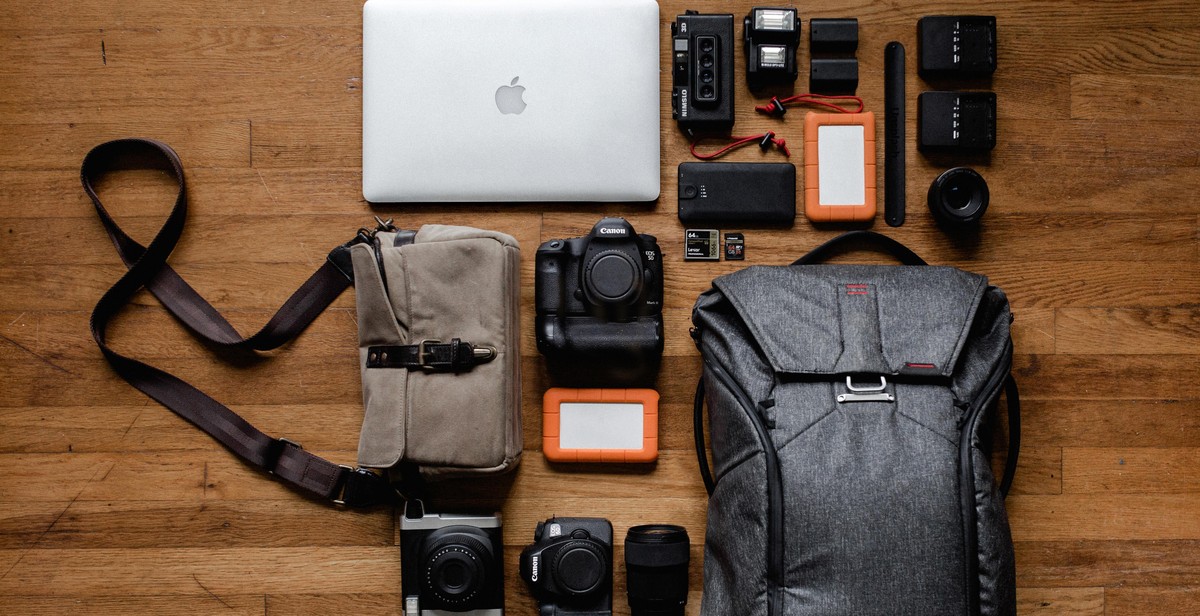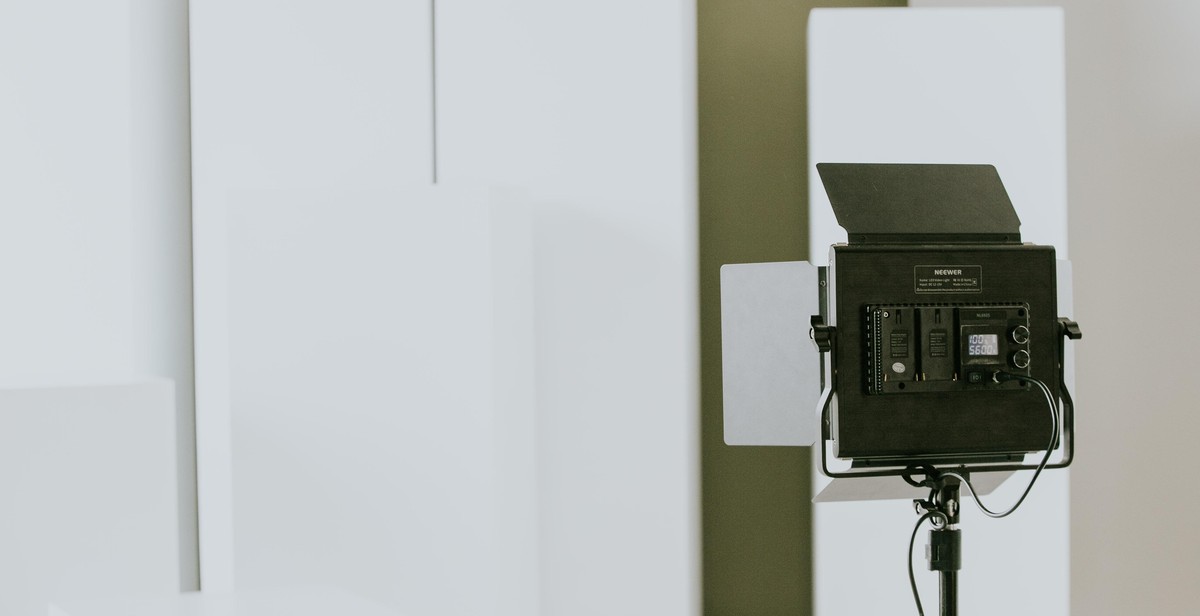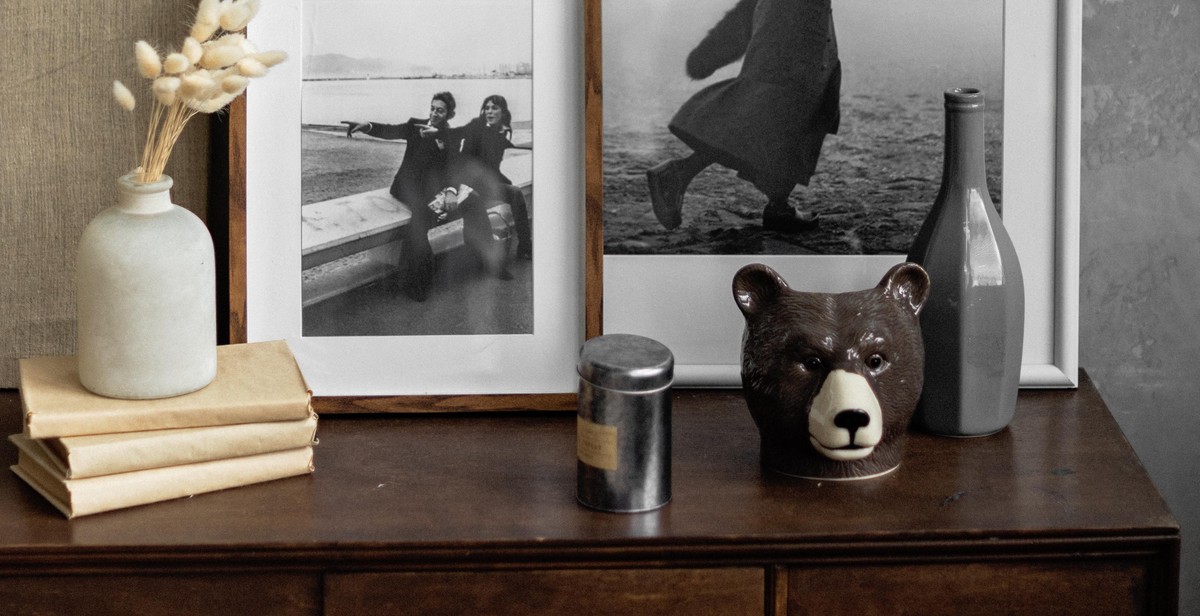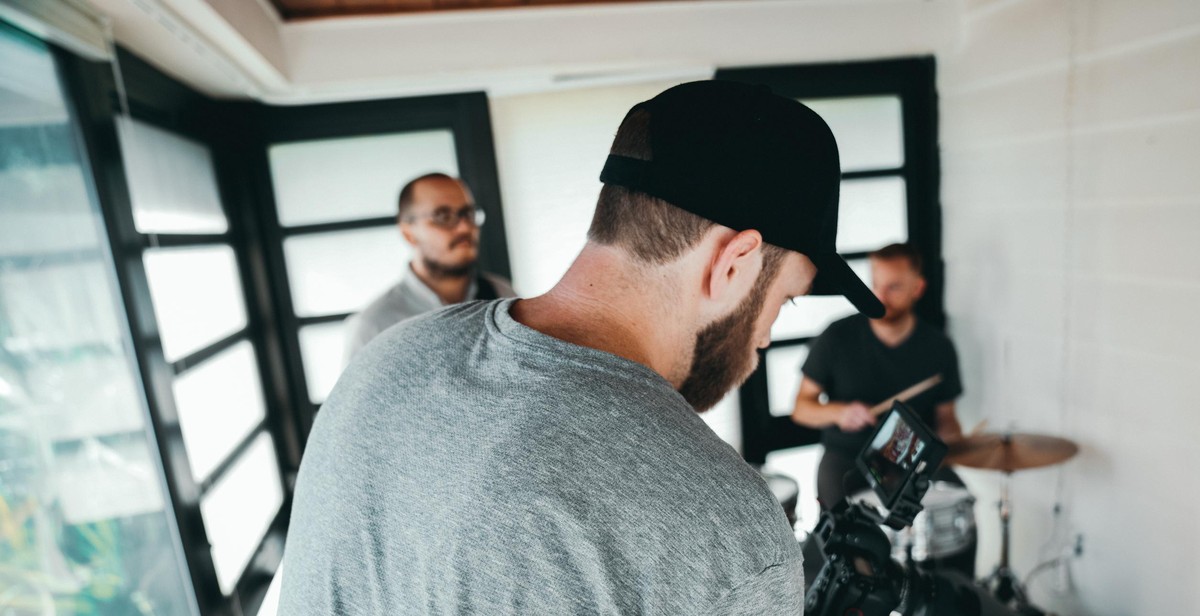How to Create a Light and Airy Photography Style: Achieving Soft and Dreamy Images
If you’ve been following the latest trends in photography, you may have noticed a growing popularity of light and airy photography styles. This style is characterized by soft, dreamy images with bright, pastel colors and a sense of airiness and lightness. But why is this style so popular among photographers and clients alike?
Why a Light and Airy Style?
One reason for the popularity of this style is that it creates a romantic and dreamy atmosphere that appeals to many people. The soft, pastel colors and gentle lighting give the images a sense of warmth and nostalgia, making them ideal for capturing special moments and memories.
Another reason is that this style can be used in a wide range of photography genres, from weddings and portraits to still life and landscapes. It is versatile and adaptable, allowing photographers to create a consistent and cohesive look across their portfolio.
Additionally, a light and airy style is highly sought after by clients who want their photos to look bright and cheerful. It can make people and objects look more vibrant and alive, and it can create a sense of optimism and positivity in the images.
In this article, we will explore how to create a light and airy photography style, including tips on lighting, composition, editing, and more. Whether you are a professional photographer or a hobbyist, you can use these techniques to achieve soft and dreamy images that will captivate your audience.

Equipment
Creating a light and airy photography style requires the right equipment to achieve soft and dreamy images. The following camera and lens, filters, and accessories are essential for achieving this style:
Camera and Lens
The camera and lens you use play a significant role in achieving a light and airy photography style. A camera with a full-frame sensor is ideal as it captures more light, resulting in brighter and clearer images. Additionally, a lens with a wide aperture is essential for creating a shallow depth of field and achieving that soft and dreamy look.
Some of the best cameras for achieving this style include the Canon EOS R6, Nikon Z6 II, and Sony A7 III. For lenses, the Canon RF 50mm f/1.2L USM, Nikon 85mm f/1.8G, and Sony FE 85mm f/1.8 are excellent choices.
Filters
Filters are essential for controlling the amount of light that enters the camera and creating a soft and dreamy look. A polarizing filter can help reduce glare and reflections, while a neutral density filter can help you achieve a slower shutter speed and create a blurred effect.
The Tiffen 77mm Circular Polarizer, B+W 77mm ND Filter, and Hoya 77mm Variable Neutral Density Filter are some of the best filters for achieving a light and airy photography style.
Accessories
Accessories such as a tripod, reflector, and diffuser can help you control the light and create a soft and dreamy look. A tripod is essential for keeping the camera steady and reducing camera shake, while a reflector can help you bounce light onto your subject and create a brighter image. A diffuser can help you soften the light and create a more even and natural look.
The Manfrotto MT055CXPRO4 Carbon Fiber Tripod, Neewer 5-in-1 Reflector, and Neewer Collapsible Softbox Diffuser are some of the best accessories for achieving a light and airy photography style.

Lighting
Lighting is one of the most important elements when it comes to creating a light and airy photography style. There are two types of lighting sources that you can use to achieve this effect: natural light and artificial light.
Natural Light
Natural light is the most common and easiest type of lighting to work with when creating a light and airy photography style. It is also the most flattering type of light for portraits. The best time to shoot with natural light is during the golden hour, which is the hour after sunrise and the hour before sunset. During this time, the light is soft, warm, and diffused, creating a dreamy and romantic effect. Shooting in open shade is also a great option as it provides soft and even lighting.
When shooting with natural light, it is important to pay attention to the direction of the light. Front lighting, where the light source is in front of the subject, can create a flat and uninteresting image. Instead, try shooting with side lighting or backlighting to create more depth and dimension.
Artificial Light
Artificial light can also be used to create a light and airy photography style. Studio strobes, speedlights, and continuous lighting are all great options. When using artificial light, it is important to mimic the softness and warmth of natural light. This can be achieved by using softboxes, umbrellas, or diffusers to create a soft and diffused light source.
When using artificial light, it is also important to pay attention to the color temperature of the light. The color temperature can affect the mood and feel of the image. A warmer color temperature can create a more romantic and dreamy effect, while a cooler color temperature can create a more modern and edgy effect.
Overall, whether using natural or artificial light, it is important to experiment and find what works best for your style and subject. Don’t be afraid to try new techniques and push yourself creatively.

Composition
Composition plays a crucial role in creating a light and airy photography style. Framing and angles, as well as the use of negative space, can help you achieve soft and dreamy images.
Framing and Angles
When framing your shot, consider using a wide aperture to create a shallow depth of field. This will blur the background and draw the viewer’s attention to the subject. Additionally, shooting from a low angle can create a sense of depth and add interest to the image. Try experimenting with different angles and perspectives to find the most flattering and visually appealing composition.
Negative Space
Negative space, or the area around the subject, can be a powerful tool in creating a light and airy feel. By incorporating more negative space into your images, you can create a sense of simplicity and minimalism. This can be achieved by positioning your subject off-center and leaving empty space around them. Alternatively, you can use a plain background or a simple backdrop to create a clean and uncluttered look.
When using negative space, it’s important to remember to balance it with the subject. Too much negative space can make the image feel empty and lacking in substance, while too little can make the composition feel cluttered and chaotic. Experiment with different amounts of negative space until you find the perfect balance for your image.
| PRO TIP: | Use the rule of thirds when framing your shot. This means dividing the frame into thirds vertically and horizontally, and placing your subject at one of the points where the lines intersect. This creates a more visually pleasing composition and adds interest to the image. |
|---|

Editing
Once you’ve captured your images, it’s time to move on to the editing process. Editing plays a crucial role in achieving a light and airy photography style. Here are some editing techniques to help you achieve the desired effect:
Color Correction
Color correction involves adjusting the colors in your image to create a consistent and pleasing look. To achieve a light and airy look, you’ll want to adjust the white balance to remove any yellow or warm tones. You can also adjust the saturation and vibrance to create a softer, more muted look. Experiment with adjusting the hue of different colors to achieve the desired effect.
Contrast and Clarity
Contrast and clarity adjustments can help to create a more dynamic and interesting image. However, for a light and airy look, you’ll want to avoid making these adjustments too drastic. Instead, aim for subtle adjustments that enhance the overall softness of the image. You can also experiment with reducing the contrast in the mid-tones of the image to create a more muted look.
Softening Techniques
Softening techniques can help to create a dreamy and ethereal effect in your images. One popular technique is to use the Gaussian Blur filter to soften the image slightly. You can also experiment with adding a soft glow or haze effect to the image using adjustment layers such as the Soft Light blend mode. Be careful not to overdo these effects, as too much softening can make the image look blurry or out of focus.
Overall, achieving a light and airy photography style requires careful attention to both shooting and editing techniques. By experimenting with color correction, contrast and clarity adjustments, and softening techniques, you can create beautiful, soft, and dreamy images that capture the essence of your subject.

Conclusion
Creating a light and airy photography style is a process that requires experimentation and practice. By following the tips and techniques outlined in this article, you can achieve soft and dreamy images that are sure to impress your clients and followers.
Experimentation
One of the keys to creating a unique and memorable photography style is to experiment with different techniques and tools. Whether you are using natural light or artificial lighting, try adjusting your camera settings and composition to see how it affects the overall look and feel of your images.
Don’t be afraid to step outside of your comfort zone and try new things. You may be surprised at the results that you can achieve by experimenting with different techniques and styles.
Practice
Creating a light and airy photography style takes practice and patience. It is important to keep practicing your skills and refining your techniques in order to achieve the best results.
Take the time to review your images and analyze what worked and what didn’t. This will help you to identify areas where you can improve and continue to grow as a photographer.
Final Thoughts
Creating a light and airy photography style is a rewarding and exciting process. With the right techniques and tools, you can achieve soft and dreamy images that capture the beauty and essence of your subject.
Remember to always stay true to your own unique style and vision, and don’t be afraid to take risks and try new things. With practice and perseverance, you can create a photography style that is truly your own.
